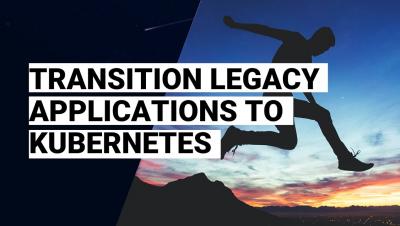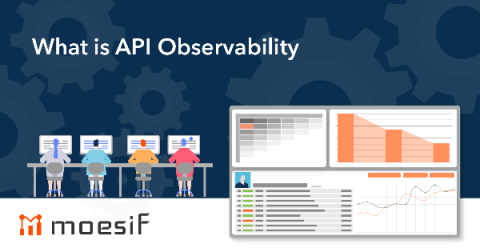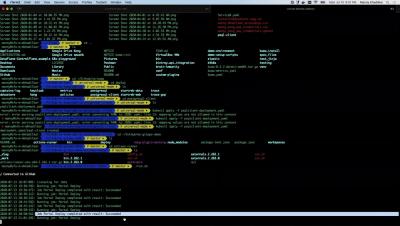Systems | Development | Analytics | API | Testing
API
Service Design Guidelines with OpenAPI and Kong - Part I
We are in the midst of an explosion of APIs and microservices. For some, the first instinct of creating an API is to get down to building one. Some level of planning will help manage the quality of APIs when working within a team. In this series of blogs, we will be sharing some guidelines on service design while working on API projects with Kong. Let us start by focusing on how to go about designing APIs that end up as entities that the Kong API Gateway runtime understands.
What is API Observability
API Observability is a key component to properly execute APIOps Cycles and ensure your building something of value for your API users. If you’re not familiar with APIOps Cycles, take a look at this guide which provides an agile framework to quickly build APIs that are business-oriented and serve customer needs. API Observability itself is an evolution of traditional monitoring and born out of control systems theory.
How APIs expand reach and drive ROI for content producers
Over the course of just a few years, the ways in which we consume content have changed dramatically. In order to compete in this new landscape and to adapt to the technological change that underpins it, media studios and other content producers should consider providing relatively open access to their proprietary content. This necessitates a cultural change across the industry.
Automating the Development Pipeline to Rapidly Design, Publish and Consume Services
Election Reporting at Scale - DreamFactory and Decision Desk HQ
Support for Calling External Functions via Azure API Management Now in Public Preview
In June, Snowflake announced the public preview of the external functions feature with support for calling external APIs via AWS API Gateway. With external functions, you can easily extend your data pipelines by calling out to external services, third-party libraries, or even your own custom logic, enabling exciting new use cases. For example, you can use external functions for external tokenization, geocoding, scoring data using pre-trained machine learning models, and much more.
Four ways to generate value from your APIs
It’s been 24 years since Jerry Maguire hit movie theaters in 1996, and yet one line from the movie still resonates like no other.
Kuma 1.0 GA Released With 70+ New Features & Improvements
Today is a big day for Kuma! Kuma 1.0 is now generally available with over 70 features and improvements ready to use and deploy in production to create modern distributed service meshes for every application running on multiple clusters, clouds, including Kubernetes and VM-based workloads. Before we unpack this release, a big thank you to the community and to the users that have helped releasing this major version of Kuma with their contributions and feedback.
Kong Enterprise 2.2 Now Generally Available!
Today, we’re proud to announce the release of Kong Enterprise 2.2 GA! Kong Enterprise 2.2 is built on top of version 2.2 of our popular open source gateway and brings with it a slew of new features and some Enterprise-only features on top. Let’s dive in! For a long time, Kong has supported not only HTTP/HTTPS traffic with REST and gRPC APIs, but also raw TCP streams. In version 2.2, we now extend our support to include UDP-based protocols as well!










